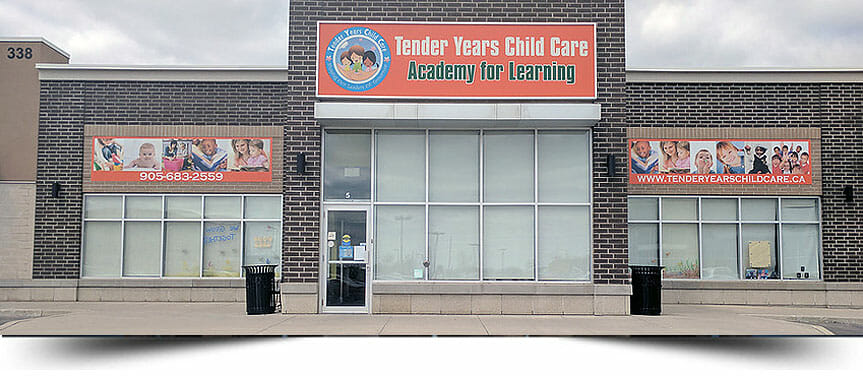
Tender Years is transforming! Here’s how:
Tender Years will be adapting the Reggio Emilia Approach which is a child care curriculum dated as far back as the 1950’s!
The Reggio Emilia philosophy is based upon the 5 following set of principles:
1. Children and teachers work together as co-learners; instead of leading the learning process, teachers and parents working with the Reggio Emilia approach act as collaborators in the learning process of the children.
Children must be able to learn through experiences of touching, moving, listening, and observing; The centre programs run by play-based learning/emergent curriculum. Where the children learn as they play and play with materials of interest. The children learn the core fundamentals such as:
- Social- group activities where they learn skills such as turn-taking, problem-solving, and empathy
- Emotional-activities that allow expression. Where they learn skills such as self-regulation, sense of self, identity formation, self-esteem.
- Cognitive-Where they learn skills such as representation, reflecting and reaching conclusions, counting, patterning, and sorting.
- Physical-Where they learn skills such as fine and gross motor.
2. Children have a connection with the natural world and a relationship with other children and with material items in the world that they must be allowed to explore; Where the environment is considered the 3rd teacher. The physical environment is a fundamental importance to the early childhood program; he referred to it as the “third teacher”, alongside adults and other students.[13] Static One of the aims in the design of new spaces – and the redesign of existing ones – is integration of the classroom space with the surrounding environment: the rest of the school, and community the school is a part of. The importance of the environment lies in the belief that children can best create meaning and make sense of their world through environments which support “complex, varied, sustained, and changing relationships between people, the world of experience, ideas and the many ways of expressing ideas.”[14]
Physically, the preschools generally incorporate natural light and indoor plants. Classrooms open to a center piazza, kitchens are open to view, and access to the outside and surrounding community is provided through courtyards, large windows, and exterior doors in each classroom. Entries capture the attention of both children and adults through the use of mirrors (on the walls, floors, and ceilings), photographs, and children’s work accompanied by transcriptions of their discussions. These same features characterize classroom interiors, where displays of project work are interspersed with arrays of found objects and classroom materials. In each case, the environment informs and engages the viewer.
3. Children must have endless ways and opportunities to express themselves-100 languages of children …. The term “hundred languages of children” refers to the many ways that children have of expressing themselves. Reggio teachers provide children different avenues for thinking, revising, constructing, negotiating, developing and symbolically expressing their thoughts and feelings. The goal is for the adults and children to better understand one another
4. The teacher’s document!!! Rather than following standardized assessments, the teacher inquires and listens closely to the children. An example of documentation might be a book or panel with the student’s words, drawings, and photographs. By making learning visible, the student’s thinking and feeling can be studied while the documentation serves to helps with evaluation of the educators’ work and refinement of the curriculum. It provides parents information regarding their child’s learning experience while creating an archive for the class and school
